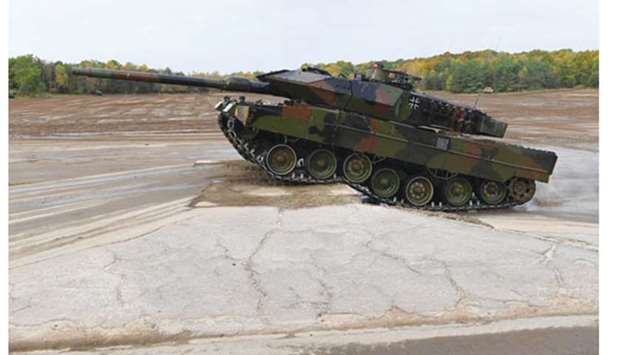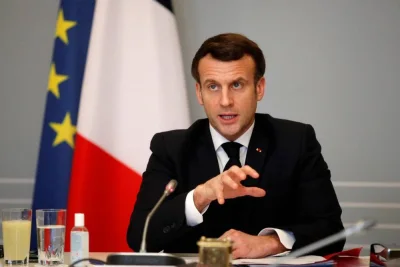“The army’s readiness to deploy has not improved in recent years, but instead has got even worse,” parliamentary armed forces commissioner Hans-Peter Bartels said as he presented his annual findings at a press conference, pointing to “big gaps” in personnel and equipment.
By the end of 2017, all Germany’s submarines were in drydock for repairs, while in recent months there have been periods where none of the air force’s 14 A400M transport planes were airworthy.
The litany of disrepair continues through fighter planes, tanks, helicopters and ships lamed by bad planning and a lack of spare parts.
Air force pilots are unable to train as their aircraft are grounded for maintenance for much of the year, the report notes.
Spending on defence has been cut repeatedly since 1990 and the end of the Cold War, leaving the army with often outdated equipment and the defence industry unable to suddenly increase production to fill the gaps.
Despite government promises to find more cash, “tasks for which there are supposed to be additional people and equipment in future are already upon us”, Bartels said.
“Soldiers already have to accomplish them today as best they can, using whatever is at hand.”
On top of the material shortages, some 21,000 officer and non-commissioned-officer posts are vacant, depriving the troops of leadership and contributing to low morale, said the report.
Last year, Chancellor Angela Merkel’s government announced the first increase in the size of the army since 1990 and higher spending over the next seven years.
Nevertheless, “there has been no substantial increase” in the budget since then, Bartels found.
For now, the grave state of the Bundeswehr (German army) persists while leaders in Berlin commit troops to increasing numbers of foreign deployments — ranging from their traditional role deterring Russian forces in Europe alongside Nato partners to interventions in conflict zones like Mali or Iraq.
Allies of Europe’s most populous nation and largest economy, from Washington to Warsaw, complain that Germany is not doing enough to get its army fighting fit.
Polish Prime Minister Mateusz Morawiecki complained last week of “free riders” in Nato failing to spend enough and “endangering unity” in the ranks of the alliance, in comments many saw as directed at his western neighbour.
And US President Donald Trump has reiterated years-old American complaints that Germany does not live up to a Nato commitment to spend 2% of gross domestic product on defence. Germany presently spends just 1.2% of GDP on the military.
This week alone, German media reported that as well as tanks, Germany’s troops supposed to join a Nato “rapid reaction force” lacked protective vests, winter clothing and tents.
“We will make the best possible equipment, training and support available to our soldiers” Chancellor Angela Merkel’s conservative CDU said in a coalition agreement sealed with the Social Democratic Party that is still to be approved by SPD members.
But even if a prospective new Merkel government loosens the purse strings, “we wouldn’t be in a position to spend more money with our present procurement structures,” Bartels said.
A Leopard 2 A7 main battle tank of the German armed forces Bundeswehr climbs up a step in the context of an informative educational practice ‘Land Operation Exercise’ at the military training area in Munster.



